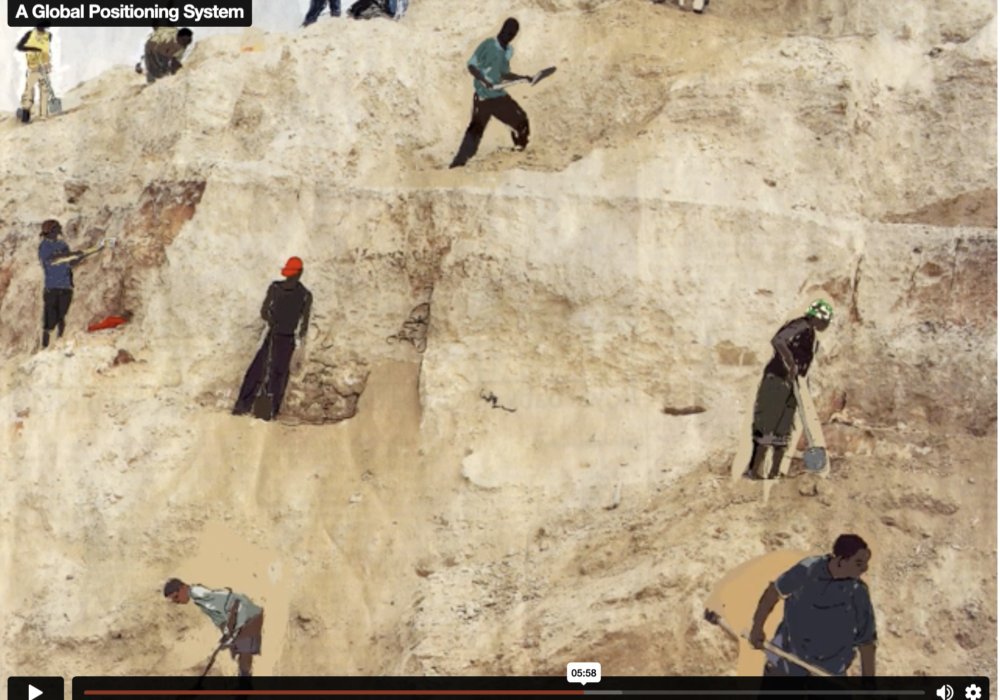

followthethings.com
Grocery
“How Sushi Went Global“
A popular academic research article by Theordore Bestor published in the Foreign Policy journal.
Image of paper journal printout embedded above. Click image to access the .pdf version here. Click here to read the online version (which includes only the article’s text).
If you want the best bluefin tuna for your sushi, it has to be graded in the Tsukiji fish market in Tokyo. But the fish are farmed and caught in the Mediterranean, the Atlantic and elsewhere. And the restaurants where you can eat it are all over the world. So whose lives are connected through this intricate global trade? How did it develop? And what can sushi tell us about globalisation? That’s what an American anthropologist Ted Bestor wants to find out. He travels to different places in this tuna supply chain – a fish dock in Maine, USA; a Mediterranean fishing town in Spain; and Tokyo’s Tsukiji fish market. He sees tuna caught and off the US and Spanish coasts being graded in Tokyo to sell in the fanciest sushi restaurants around the world. They travel, iced, in containers called ‘tuna coffins’ in the bellies of Boeing 747 jets. Years ago, except in Japan, these fish were only suitable for sports fishers or cat food manufacturers. But what’s developed as sushi has gone global is a sophisticated international trade feeding the popularisation of Japanese cuisine. These fish cross cultures and following their movements helps Bestor to vividly explain the concept of globalisation. Commenters say his article provides a view of globalisation that’s embedded in and between social relations in specific places. It’s a well old story, a gem of a ‘follow the thing’ study that’s widely used in classrooms around the world.
Page reference: Olivia Hoffman and Erin Teich (2012) How Sushi Went Global. followthethings.com/how-sushi-went-global.shtml (last accessed <insert date here>)
Estimated reading time: 23 minutes.
Continue reading How Sushi Went Global ![]()



